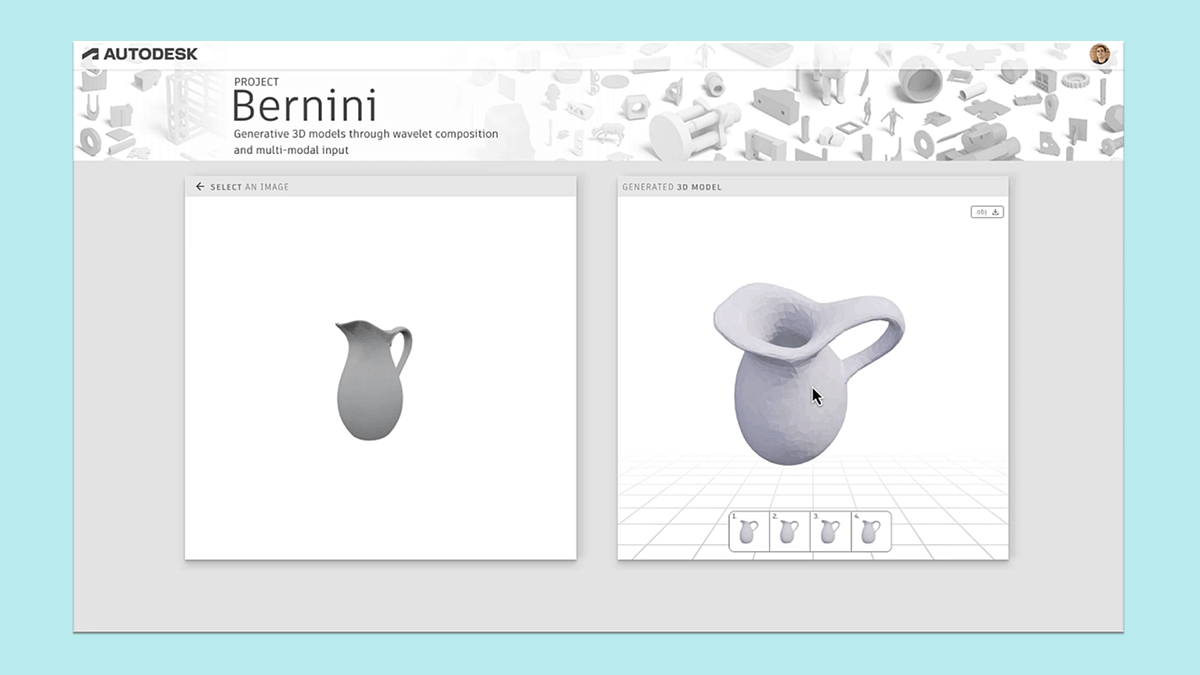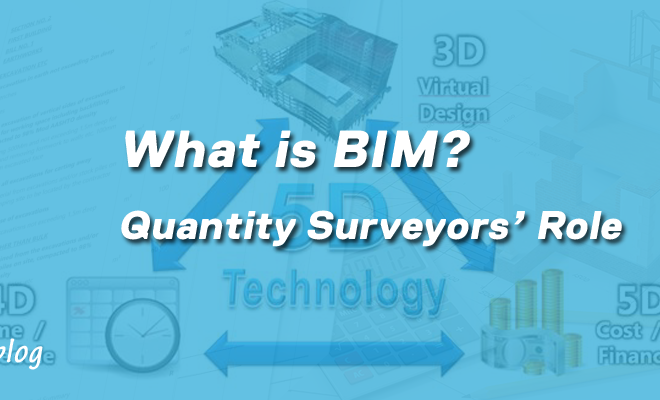Autodesk Bernini AI Turns Text, Images, Voxels and Point Clouds into 3D
Bernini AI is an experimental generative AI for quickly generating 3D shapes from 2D images, text, voxels, and point clouds. It is focused on unlocking professional workflows for generating multiple geometrically realistic 3D objects to accelerate every stage of the design process.
This AI was recently announced by Autodesk, as the result of a research project undertaken by their diverse team of scientists and specialists in the Autodesk AI Lab. The name “Bernini” refers to Gian Lorenzo Bernini, a 16th-century Italian artist and architect credited with creating the Baroque style of sculpture.
The following is their intro video about the AI:
How was the AI trained?
In a report posted on Autodesk’s website, the team of scientists and specialists in the Autodesk AI Lab trained the Bernini model on ten million diverse 3D shapes – a composite database comprising of publicly available data, a mixture of CAD objects, and organic shapes.
However, the model is strictly experimental and is not available for public use.
The existing model is only useful to 3D artists. Autodesk says it is going to gradually train the model and roll it out to other industries, including architecture, product design and entertainment.
According to Autodesk, they plan to train the Bernini AI model on buildings, to help generate geometrically rigorous creative designs and inspire a new generation of buildings and architects. We feel that this will be an excellent move towards making AI available for building and infrastructure design, to create BIM models that work and not just generate 3D-rendered images and impressions.
Autodesk User Community Comments on the Bernini AI
Some users feel that the company, and many others, are disregarding the wishes, opinions and contributions of their user communities as they seek to join their competitors in the push for the AI agenda.
Others worry that AI might replace their creative jobs.
You can see the following highlighted comments by users on the shared YouTube video:
“What about improving actual modelling tools? Arguing that Maya modelling toolkit has remained the same since 2016. And Autodesk is putting resources in stuff that users have not asked for.”
“Keep adding AI to replace all the creative parts the only one that will use your overly priced creative programs will be AI.”
“AI needs to be able to do engineering tasks someday, so it would be great if something like that would work for parametric modelling in Fusion 360 somehow.”
It seems that people may need time to understand the decisions taken by these companies to invest in AI. Equally, tech companies need to first engage their users thoroughly to obtain feedback on what problems they really have and what solutions they need.
What I think about the Bernini AI
I have been a champion of digital transformation in the Architecture, Engineering and Construction (AEC) industries, and I think that digital construction technologies and innovations like AI (artificial intelligence), ML (machine learning), and BIM (building information modelling) hold the best interests for our industry.
Autodesk has the technical capacity, huge user base, and financial muscles to pioneer research that will be a game changer in the design-and-make industry (as they call it). While this should be done in consultation with the users, sometimes it is not possible to please every user. It requires boldness to take the steps that Autodesk has taken. I think that Bernini AI will positively revolutionise the construction industry, by making complex design easier, more efficient, and more streamlined.
Will jobs be lost? Yes and No.
Repetitive tasks that can be automated will be done by AI and will be taken away from our jobs. Other opportunities will be created as AI use increases. This will help balance what might be removed from the existing jobs and titles. After some time, there will be an equilibrium, and people will forget that they ever worried about being replaced by AI.
What are your thoughts? Please share with us in the comments section below this post.
Nzangi Muimi
I’m a Quantity Surveyor, Educator and the founder of QuantBuild Academy, the fastest-growing technology-focused YouTube channel online. I am passionate about construction information technology and the digitalization of the construction industry.
Related Posts
Leave a Reply Cancel reply
Search
Popular Categories
- ARCHICAD Tutorials (4)
- Construction (16)
- Construction IT (13)
- Construction Law (4)
- Cost Management (14)
- Tutorials (5)





